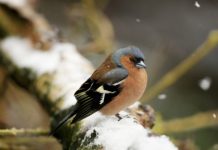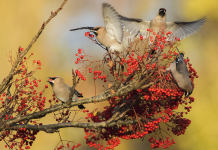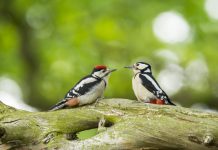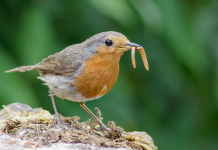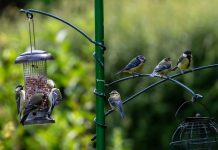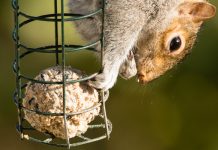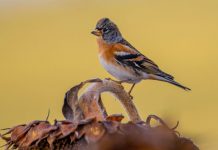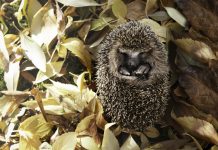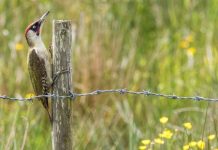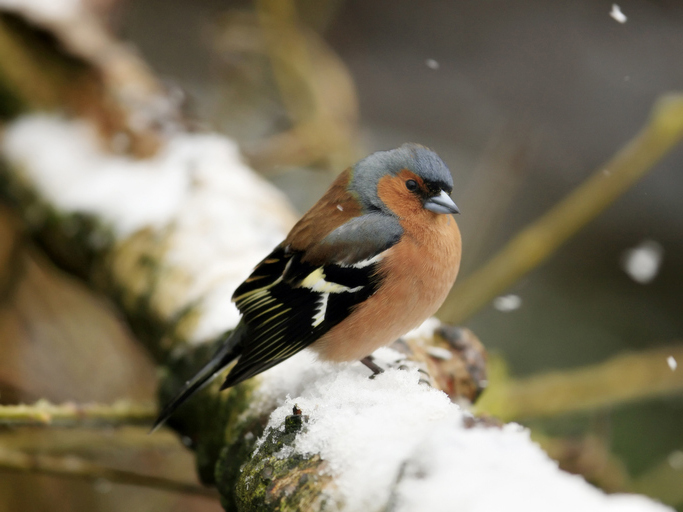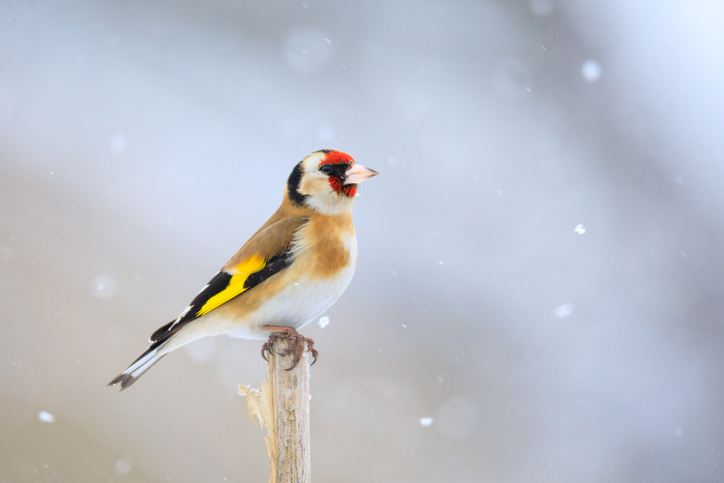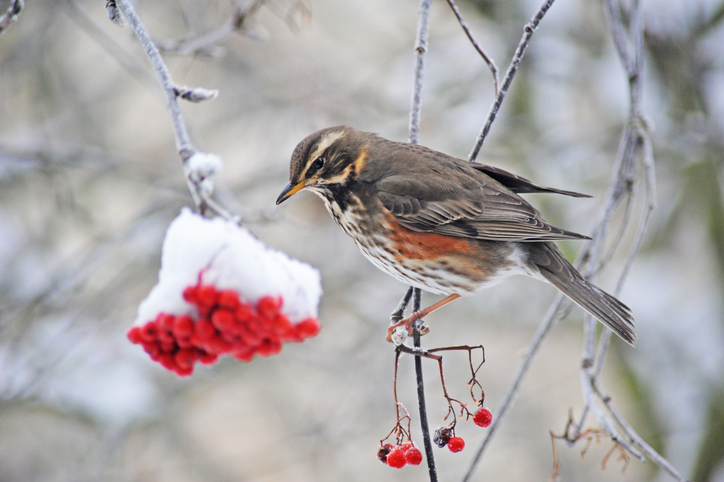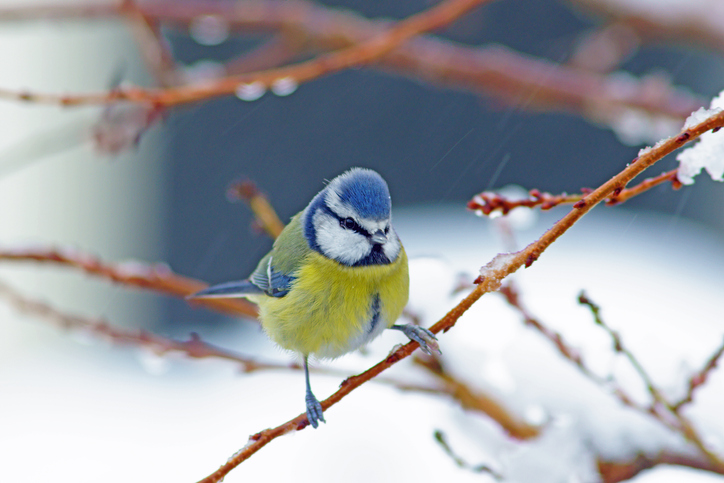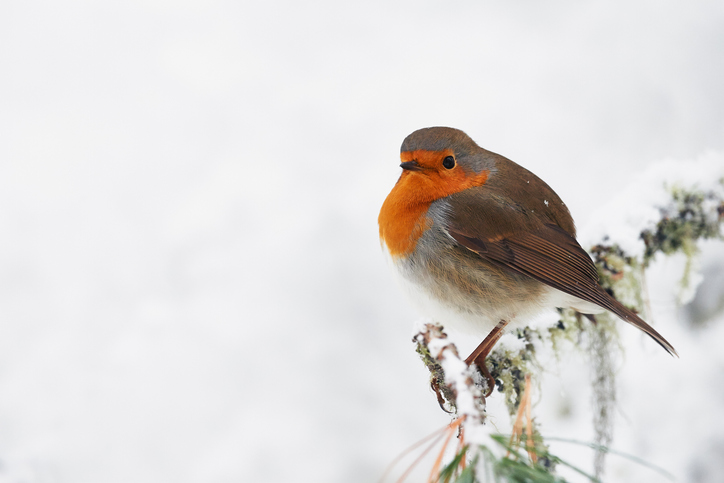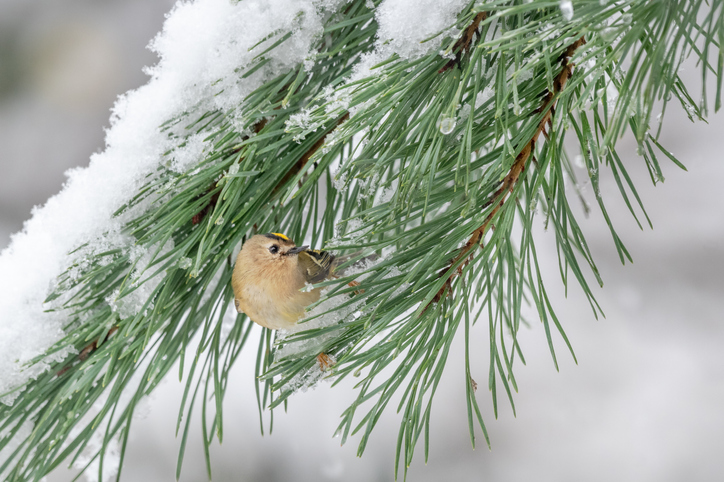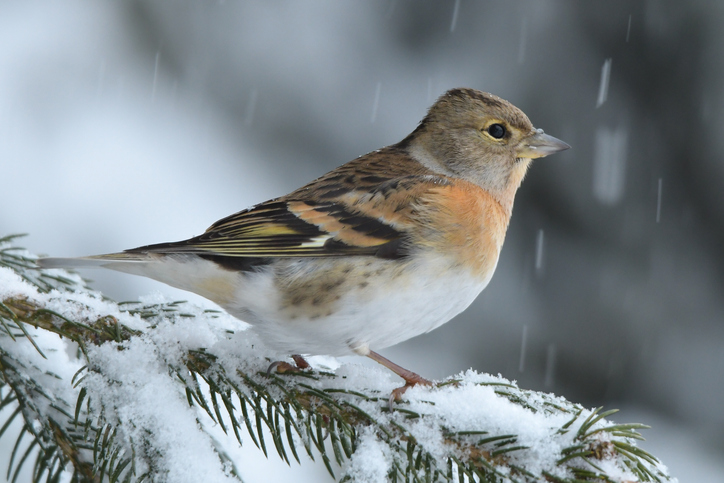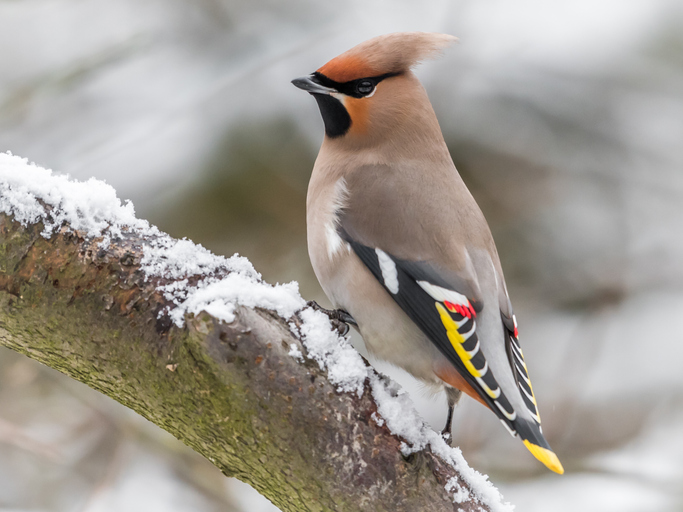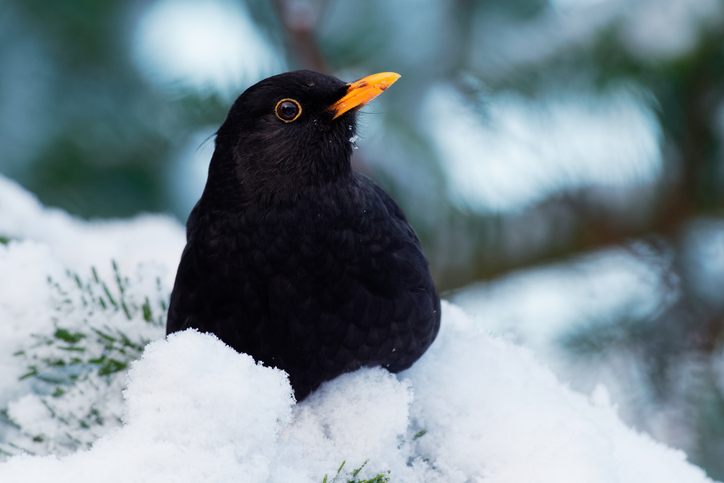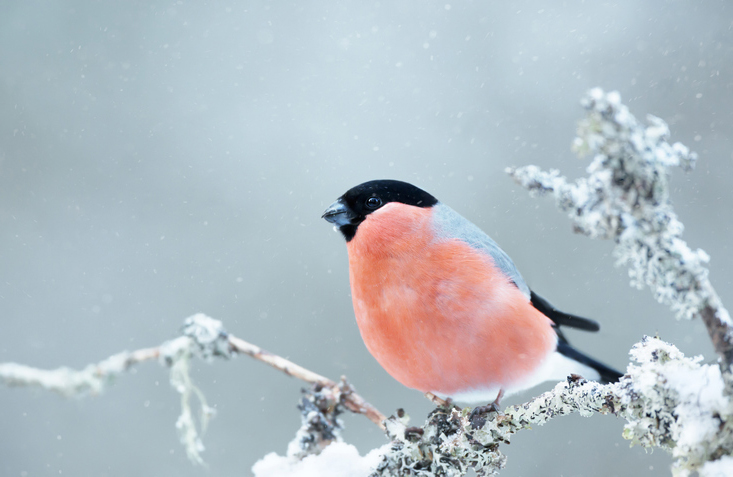With autumn migration and hibernation taking place, it’s easy to think that your garden may be devoid of life during winter. However, winter provides an excellent opportunity to get a closer look at our resident birds, and to spot some winter visitors too! Here’s our list of 15 garden birds you can spot this winter.
Long Tailed Tit
During winter, long tailed tits stick together in family groups and form flocks with other small birds – there’s safety in numbers after all. Identifiable by their namesake long, prominent tails, they are common visitors to bird tables and have a particular liking for snacking on suet balls.
Goldfinch
The unmistakable red mask and yellow-tinged wings make the goldfinch easy to tell apart from other finches. Often spotted at feeders during winter, their diets mainly consist of seeds, with niger seed being a firm goldfinch favourite.
Redwing
Visitors from Northern Europe, Russia and Iceland, Redwings flock to the UK during winter in search of berries and fruit bearing trees. Similar in size to blackbirds, they have a distinctive red flank and light-brown eye stripe.
Coal Tit
Easily mistaken for great tits, coal tits can be told apart by a white stripe running down the back of the head and light brown flanks. Feeders filled with energy-rich foods such as peanuts are a sure way to encourage them into your garden this winter.
Dunnock
Also known as ‘hedge sparrows’, dunnocks are a common garden bird during the winter months. Seeking cover from the cold beneath thick vegetation, they will venture out to feeders and tables to top up their energy reserves.
Blue Tit
A garden favourite, the cheeky blue tit is a UK resident with a similar diet to other winter birds, favouring seeds and suets. Their unmistakable blue caps and yellow breast add a vibrant flash of colour to winter gardens, and some have even been known to tap through foil lids of delivered milk to snatch a quick meal!
Nuthatch
Becoming an increasing common garden bird, nuthatches use their specially adapted feet to travel down tree trunks in search of food. Any food they do come across during winter, they carry off with them and store in caches hidden in the bark of trees!
Chaffinch
Found in a wide range of British habitats, chaffinches are common garden birds that have adapted well to living in urban areas. Their bright pink chest can make them mistakable for robins, however they can be told apart by their blue-grey caps that have a noticeable peak.
Robin
Perhaps the most famous of all birds associated with the winter months, robins are regularly used as a symbol for Christmas and all things festive. European migrant robins join our residents in winter, in search of seed and energy rich food. Amazingly, robins are one of the only birds that continue to sing throughout the winter months!
Goldcrest
A distinctive gold head stripe gives the goldcrest it’s name, and during winter months they join flocks of other birds for protection. Favouring coniferous woodland, they are experts at picking out insects from between the branches of conifer trees.
Brambling
Similar in size to chaffinches, bramblings often travel in large mixed flocks during winter. Migrating to the UK during winter, they can be found searching for food in woodland, and will visit garden feeders and tables to top up their energy reserves.
Waxwing
Named after the yellow coating on their wing tips, waxwings are winter visitors to the UK. Their numbers fluctuate from year to year depending on food sources in their native countries, but they are certainly one of our most exotic looking winter visitors!
Blackbird
As with most other resident species, the UK’s blackbird population is joined by migrants from the continent. Visiting species will sometimes have darker beaks than resident blackbirds, so can be told apart by the more beady-eyed birdwatcher. Resident blackbirds are also thought to migrate to warmer areas of the country throughout winter.
Bullfinch
One of the most striking British finches, bullfinch males have a vibrant pink chest with a dark black cap. Females are a duller brown, but still have a black cap. Often seen in pairs and groups, bullfinches are common garden visitors throughout winter, visiting feeders in search of food.
Fieldfare
Winter migrants from Northern Europe, fieldfares travel in large flocks. They feed on berries, fruit and fallen apples and are most commonly spotted in hedgerows and surrounding farmland.
Before you go…
As winter starts to take hold, there will be an increase in bird activity in your garden as they search for food. Here are a few ways you can help your feathered friends this winter:
- Put out fresh, unfrozen water for drinking and bathing
- Provide fatty, energy rich food such as suet
- Leave some areas of your garden ‘untidy’ such as hedges and ivy, so they can be used for shelter and protection.
Want to get the kids involved in bird watching? Download our free bird bingo game. It’s a simple and fun way to learn more about our British wild birds.

